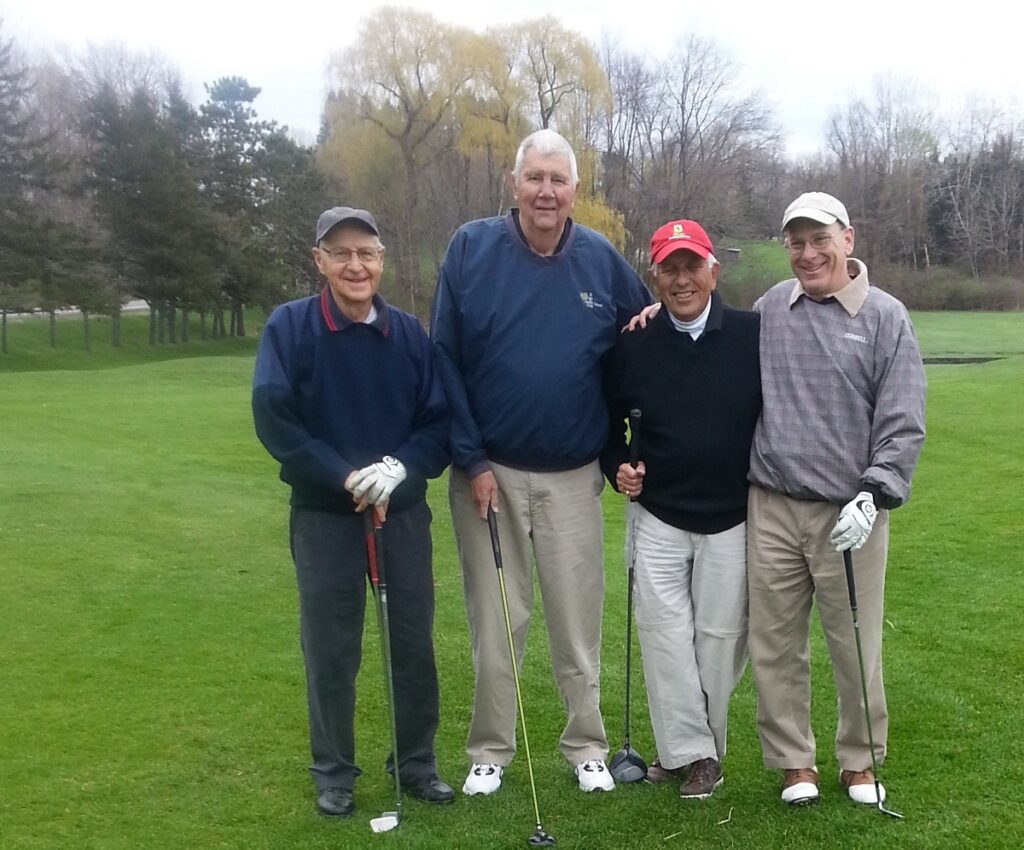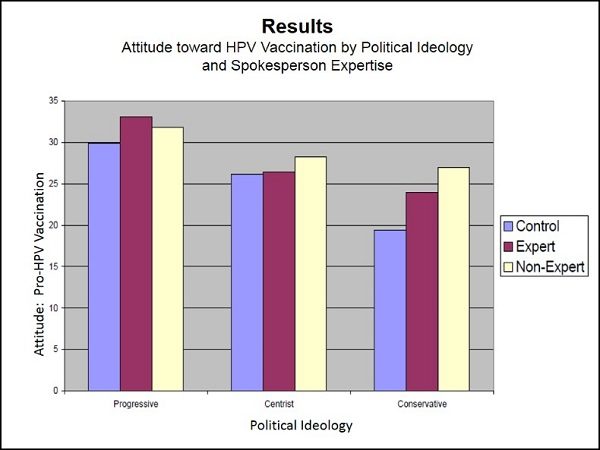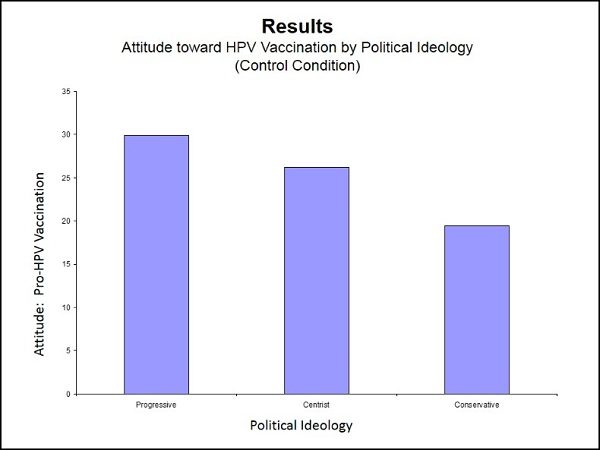Home » Corporate culture
Category Archives: Corporate culture
Inclusion and the Tiger Woods Factor

NOTE: This article on the false sense of inclusion inspired by the popularity of Tiger Woods was originally published in the Diversity Central online magazine, August 2001. Public sentiments about Tiger Woods have changed several times since then.
“To succeed in this organization, you have to play golf.”
“You have to be a tall, white man who tells jokes and plays golf.”
“You have to be a white guy who plays golf.”
“It helps to be white, and it helps to be a guy, and it helps to play golf.”
In focus-group interviews in organizations across North America, golf keeps coming up as part of the perceived success profile of people who get ahead. From the frequency and nature of the responses, it is clear that many people believe golf is one of the non-performance-related routes to success in their organizations. Many non-golfers, white men included, feel this puts them at a disadvantage when it comes to receiving promotions and choice assignments or “just getting in good with the boss.”
A story from a young Asian woman illustrates what seems to be a common experience:
Our boss used to invite people from all over the world for quarterly
meetings. He would always schedule a few afternoons of golf without
checking with anyone. None of the women played, and very few of the
men from outside the United States. It seemed like just a
select group of white men were included.
After a few experiences, the rest of us decided to bring this up in our
meeting, and we told him we were feeling excluded. He acted
surprised! It was only a game and fun with the boys!
While the golf afternoons didn’t cease, I must give him credit for
organizing more common-interest activities like hiking and bicycling.
To people engaged in golf-related recreational networking, these afternoons on the links may seem like just fun and games, but to people who see lost opportunity for “face-time” with potential benefactors, mentors and colleagues, it feels like exclusion.
Tiger has changed the complexion of golf… or has he?
Complicating this issue of golf and exclusion is the nearly universal popularity of Tiger Woods, widely regarded as the most recognized and admired person living on the planet. [NOTE: This article was written and published in 2001–RG]
As this article goes to press, Tiger is honing his game for an assault on his fifth straight major tournament victory, the U.S. Open, held this year at Southern Hills Country Club in Tulsa, Oklahoma. With his celebrated multi-racial heritage, Tiger has become an icon for the expanding acceptance of golf and the expanded enfranchisement of golfers of all races, genders and ages. In fact, in a web-based search for diversity-related golf articles, 13 of the 23 listed articles carried Tiger’s name in their titles.
Thanks to Tiger, golf is experiencing unprecedented levels of interest and participation from African Americans, Asians and young people. Tiger has also been a strong supporter of his friend and former Stanford University roommate, Casey Martin, who recently won a Supreme Court judgment based on the Americans with Disabilities Act. Martin, who suffers from a degenerative leg condition, is now permitted to use a golf cart in professional tournaments. Another friend and former Stanford teammate of Tiger’s, Notah Begay, is the first Native American to play major tournament golf.
The broad appeal of Tiger and his friends has made golf a new point of connection among people. When Tiger says he wants to help make golf “look like America,” people respond in droves. At his youth golf clinics around the country, people of all races, genders, nationalities, ages and political persuasions line up to take part. Everyone knows who Tiger is and what he does, and what he stands for.
Ironically, the success of Tiger in broadening the appeal and accessibility of golf has served to increase the discomfort many people feel about being excluded by the “golf culture.” Because golf has become more politically correct and socially acceptable, there is not just more golf-talk around the water-cooler; there is also an upsurge in corporate golf outings, charity golf tournaments, work-related golf leagues, and informal golf foursomes. But even with the broad surge in interest, golf remains a mostly white, mostly male pursuit. A few more formerly excluded people are now playing, but for the remaining majority of non-golfers, there are now many more occasions to be excluded from golf.
Breaking through the “grass ceiling”
Some sales people have found that an invitation to play a round of golf at a highly regarded and/or expensive and/or exclusive golf course is a good way to get four or five hours of quality “face time” with a hard-to-corner customer. For this reason, many insurance agents maintain memberships at exclusive country clubs, and many sales organizations maintain corporate memberships for the use of their salespeople.
For many years, African Americans, Jews, women and others have routinely been denied membership at exclusive clubs and therefore denied access to this valuable business tool. While the social aspects of this exclusion are serious issues as well, the restraint-of-trade aspects have provided legislative and judicial backing for opening the membership rolls of many clubs. Today, while some persist in unspoken discrimination and exclusion, few if any country clubs in the United States openly restrict membership on the basis of race or ethnicity.
Gender discrimination is a different story. At many golf courses, public and private, women are routinely barred from preferred tee-off times and from membership on traditionally male committees. In Breaking the Grass Ceiling: A Woman’s Guide to Golf for Business (1998), author Cheryl Leonhardt says:
“Many country clubs are still culturally in the fifties. When the high courts considered the value of equality, they also considered the rights of privacy and freedom of association, ruling that private clubs were exempt from the Civil Rights Act of 1964. So it is often the men who have the preferred weekend morning tee times while the ladies have weekend afternoons. It is the men who hold office; it is the ladies who decorate the clubhouse for parties. It is the men who decide where the forward tees shall be placed; it is the ladies who must hit from them.”
“A good walk, spoiled.”
Mark Twain, one of the nation’s earliest champions of inclusion, had a different view of the situation, as his words, quoted above, indicate. He felt golf was a foolish waste of time. President John F. Kennedy, himself a frustrated golfer, shared Twain’s view, despite his love for the game. Kennedy has been widely quoted as saying, “Anyone who golfs in the low 80s is obviously neglecting something important.”
For most participants, golf is not an elitist way to pursue business but an escape from it. The weekday sign-up sheets and reservation logs of public courses in metropolitan areas are filled with Smiths, Joneses, Palmers and Sneads—pseudonyms of slackers (rhymes with hackers) who have left their offices to “make a few sales calls,” “visit a prospective client,” or “do research.”
Many expense-account-approved golf outings between supplier and customer are not used as sales opportunities or exercises in relationship-building but as mutually collusive “boondoggles” by fellow golfers. They use their business relationship as an excuse to pursue their passion for playing golf, not the other way ‘round.
Whether being excluded from this kind of easy-going camaraderie is a hindrance to a non-golfer’s career is certainly debatable.
Is there a solution?
In some organizations, the response to complaints about golf being part of the necessary success-profile has been to offer lessons in golf skills and golf etiquette to all who are interested. Ernst & Young sponsors a program called Golf-In-Schools for young people throughout the New York area. In describing it, Ernst & Young’s director of Minority Recruitment and Retention says,
“The Golf-In-Schools Program gives inner-city students the framework for the kinds of skills they will need in the business world.”
Unfortunately, programs like this do not address the larger issue of organizational cultures that seem to favor some people over others. Instead, these programs seek to train people not cut from the traditional mold to fit in to the existing culture. They can help more people achieve inclusion and are therefore valuable, but these programs must not be mistaken for culture-change programs. They are actually status-quo programs.
While golf can be a wonderful experience, it is not for everyone. Some people are not physically able to play it. Others may have emotional or intellectual objections to it. Learning proper golf etiquette will not make them more comfortable in a golfing organizational culture; it will only serve to make the golfers more comfortable with them.
To create a more inclusive workplace, organizational leaders who are golfers need to reflect on how much mentoring, networking and “face-time” they are providing on the golf course. They must find ways to provide just as much mentoring, networking and “face-time” to non-golfers, and with the same quality of easy-going camaraderie.
While golf is certainly an instrument of exclusion in many organizations, it often is not as exclusive or as significant as many non-golfers believe it to be. In many cases, what gets dismissed by the members of the “old golfers network” as just harmless fun and games is in fact just that—harmless fun and games.
It may help non-golfers to realize that many of the golfers probably are “neglecting something important.” It may help the golfers to realize that as well, and make sure they are not neglecting the needs of their workplace and its workforce.



